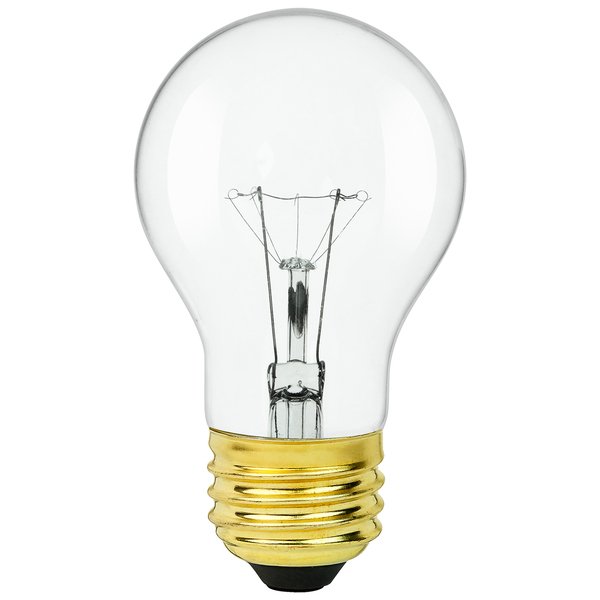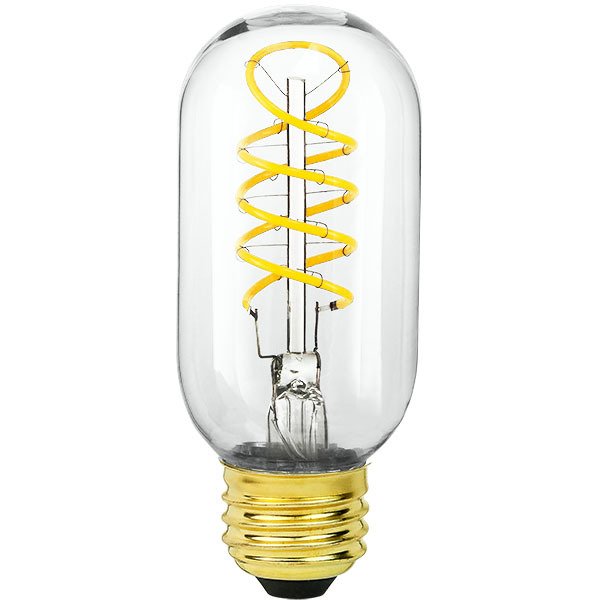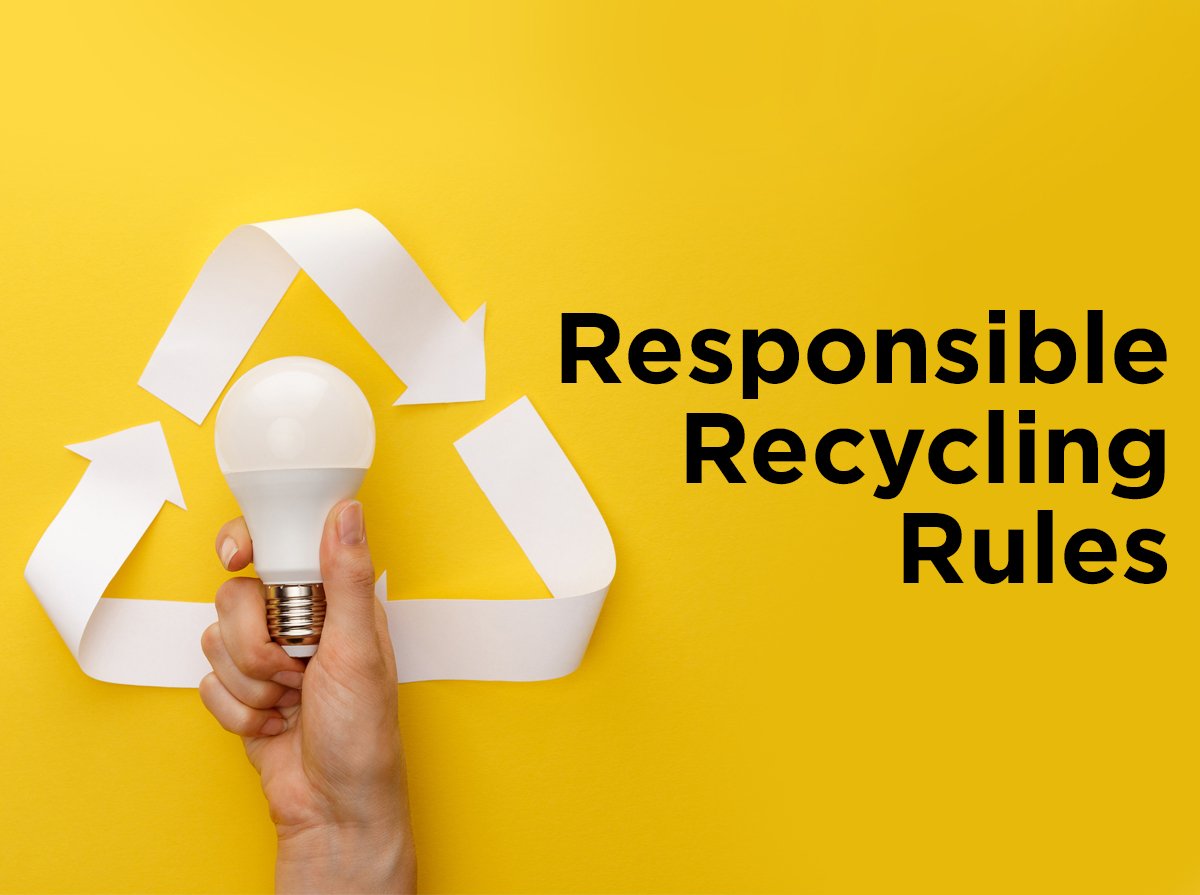Bulb Glass Required?
Incandescent Bulb
Do light bulbs work without the glass? It’s an interesting question posed from the public. The answer and explanation are dependent upon what type of light bulb you are analyzing.
If discussing a traditional incandescent bulb, the answer is a resounding NO! The glass enclosure (bulb or globe) is an integral part of the design and critical to the function of a lightbulb—supplying light! As we learned in a blog earlier this year, light from an incandescent bulb is the byproduct of running electrical current through a filament, heating it until it glows. The glass enclosure provides the sealed vacuum environment needed for the filament to glow for an extended period. It prevents oxygen in the air from reaching the hot filament. Without the glass bulb, the filament would overheat and oxidize in a matter or moments. Glass is the only material that can sustain the intense heat required for an incandescent bulb to operate. And we all know how fragile glass is . . . a crack or break of any kind makes the bulb useless.
In similar fashion, the glass of a fluorescent bulb, whether tube, spiral or decorative compact, or plug-in compact, is also non-negotiable. It is vital for the operation of the bulb, not only because it holds the gases and vapors that conduct the electrical current to create invisible ultraviolet light, but also because it is coated with a photoluminescent paint that is activated by the gas interaction and transforms the ultraviolet light into visible light, aka the signature cool glow of fluorescent bulbs. So, once again if the glass is compromised, the bulb will no longer work.
LED Bulb
When it comes to LED bulbs, the answer is different. Yes, they can work without a bulb, but it doesn’t change much in the production, look, or use of the bulbs. LED light is produced when an electrical current passes through a light-emitting diode that discharges photons, or visible light. The diode technology doesn’t require a vacuum environment, a heated filament, or any type of globular protection. Still, they are almost always enclosed in a familiar shape, though less often glass. Because LEDs make only a small fraction of heat when compared to their counterparts, they don’t need a material that can withstand elevated temperatures. They can be (and are) enclosed in other materials like epoxy resin, which is much more durable than glass. Coupled with the longevity of the diode’s ability to produce light, the epoxy resin enclosure helps to reduce maintenance and increase safety through the life of the bulb.
LED Radio Style Vintage Light Bulb
For LEDs, the question may remain . . . why the bulb if it doesn’t need one for operation? That answer varies. Mostly it’s because we’re used to bulbs looking like bulbs! It’s nice, even when you’re upgrading to LED technology, to replace existing bulbs with ones that look similar. Some vintage design LED bulbs are made to mimic traditional incandescent bulbs with their own “filaments!” These faux filaments are in fact series-connected strings of diodes that resemble the original filaments in the newly invented bulbs of the 1800s! Another benefit of some LED enclosures is their epoxy resin composition. Those bulbs don’t shatter if you happen to drop one (I know we’ve all done it), so you’re not crawling on the floor to sweep up shards of glass after a misstep. That’s nice! Lastly, the bulb itself may have its own purpose in directing light if it’s partially frosted or opaque, like our silver bowl bulbs.
If you’re considering new bulbs for any project, you’re sure to find what you’re looking for on 1000Bulbs.com. And if you can’t find it easily, simply get in touch with one of our friendly lighting experts at 1-800-624-4488 or via our convenient pop-up chat at the bottom right corner of our web pages.










